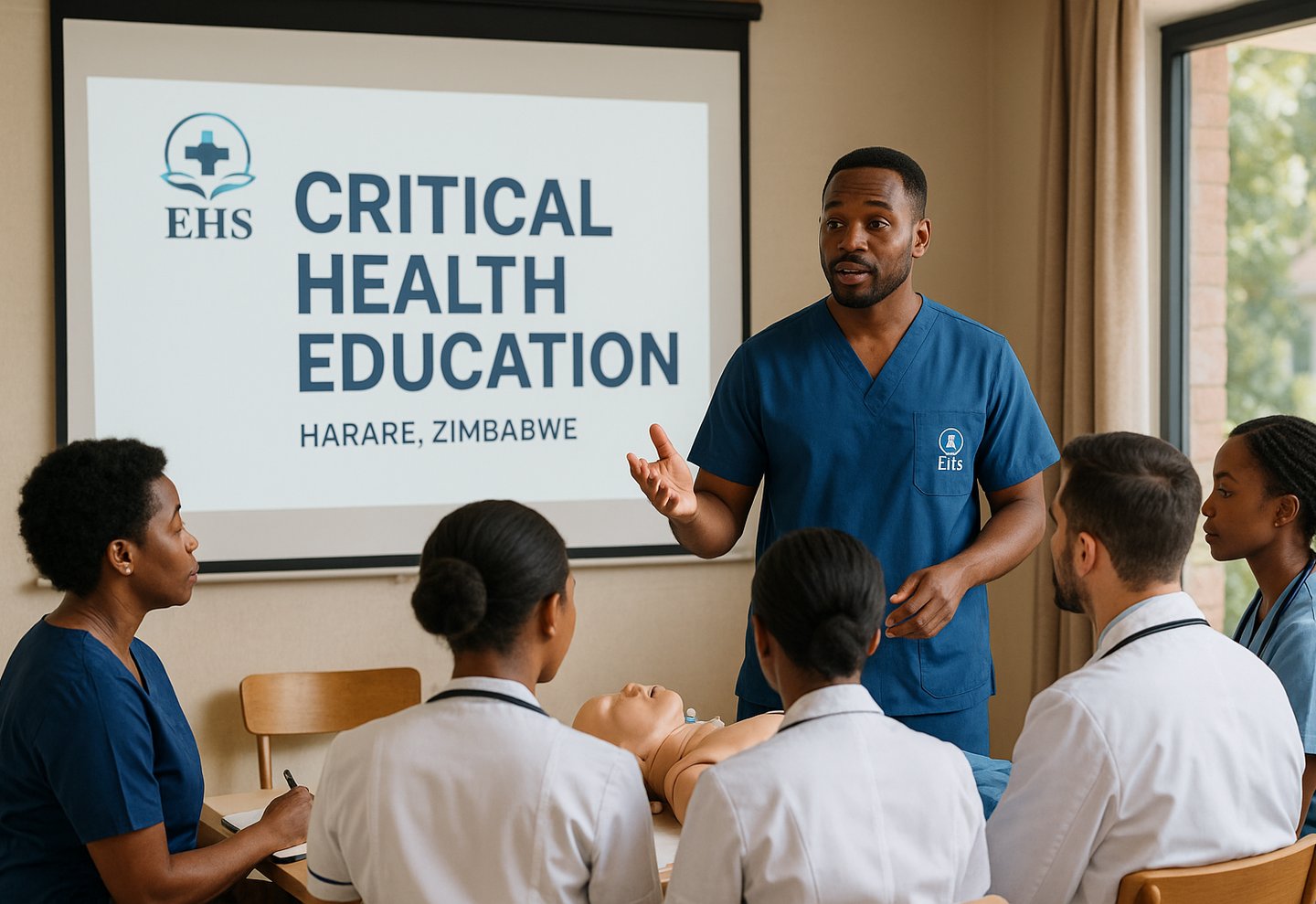Critical Care Procedures in Emergency Department
The Critical Care Procedures in Emergency Department course offered by Emergency Health Solutions (EHS) is a highly practical and specialized training program designed for healthcare professionals who require proficiency in essential invasive and non-invasive procedures within high-acuity emergency and critical care settings. This comprehensive 5-day course adheres to current international standards, including guidelines from the American Heart Association (AHA), International Liaison Committee on Resuscitation (ILCOR), and regionally appropriate best practices, ensuring that participants gain competence directly applicable to real-world scenarios in Zimbabwe.
Course Overview:
This intensive program is designed to enhance the critical care competencies of healthcare professionals working in emergency departments. It combines in-depth theoretical knowledge with extensive hands-on training, simulation drills, and scenario-based learning, focusing on the safe and effective performance of critical procedures.
Key Learning Areas Include:
Rapid Patient Assessment & Emergency Prioritization:
Understanding principles of rapid primary and secondary assessment (ABCDE framework).
Identifying and responding to life-threatening emergencies.
Applying evidence-based prioritization methods using standardized triage tools (e.g., SATS, MTS, ESI, NEWS).
Practical: Simulation drills and case study discussions on rapid assessment.
Triage and Resuscitation Fundamentals:
Performing accurate patient triage under pressure.
Demonstrating competency in life-saving procedures (CPR, BLS, ACLS/PALS algorithms).
Oxygen therapy, suction, and basic airway management (OPA, NPA, BVM).
Practical: Hands-on CPR and defibrillator use, airway management practice.
Trauma Care and Shock Management:
Recognizing and stabilizing various types of trauma (blunt vs. penetrating).
Applying effective hemorrhage control and immobilization techniques (splinting, tourniquets).
Understanding different types of shock (hypovolemic, septic, cardiogenic, anaphylactic) and their initial management.
Utilizing assessment tools like the Glasgow Coma Scale (GCS).
Practical: Trauma simulation stations and shock scenario management with fluid resuscitation.
Equipment Operation and Electronic Documentation:
Operating essential emergency medical equipment (e.g., ventilators, manual vs. AED defibrillators, suction machines, infusion pumps).
Accurate documentation using Electronic Health Record (EHR) basics and documentation templates.
Effective handoff communication (SBAR).
Practical: Equipment handling stations and mock handoff reports.
Communication, Coordination & Emotional Resilience:
Communicating effectively within interdisciplinary teams using structured tools like SBAR.
Understanding interprofessional coordination and escalation protocols.
Introduction to psychological first aid and self-care strategies for burnout prevention in high-stress environments.
Practical: Role-play scenarios for team communication and group reflection.
Target Audience:
This 5-day comprehensive training is designed for Registered Nurses, Doctors, Paramedics, Final-Year Student Nurses, and Medical Students seeking to enhance their critical care competencies in emergency departments.
Certification:
Upon successful completion of both theoretical (multiple-choice questions + short-answer questions) and practical (OSCE across core skills) final certification exams, participants will be issued an EHS Certificate. Appendices include essential checklists, algorithms (ACLS, BLS, PALS), equipment user guides, and Zimbabwean Ministry of Health emergency protocols.


Contact Information
Email: emergencyhealthsolutions@gmail.com
Phone: +263783227423
WhatsApp: +61405421135
© 2025. All rights reserved.
